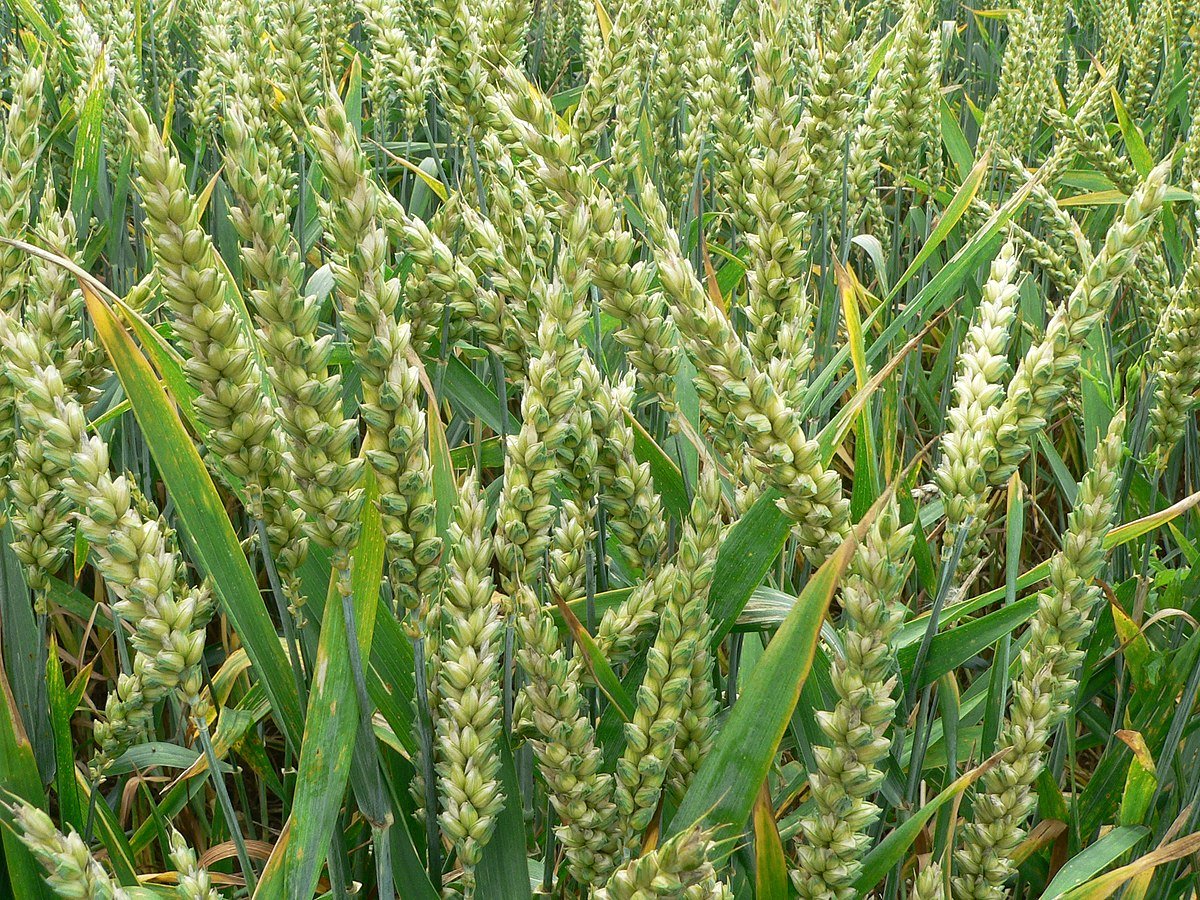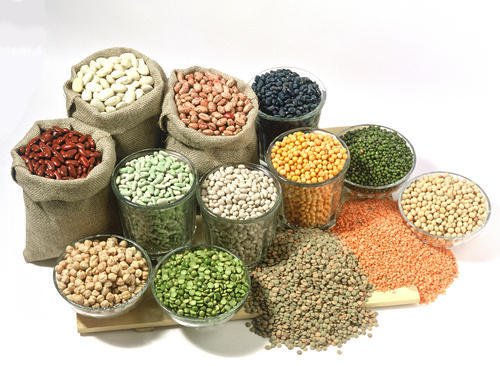The absolute highest increase in MSP has been approved for lentil (Masur) at Rs 500 per quintal followed by rapeseed and mustard at Rs 400 per quintal.
The Cabinet Committee on Economic Affairs chaired by Narendra Modi, Prime Minister has approved the increase in the Minimum Support Prices (MSP) for all mandated Rabi Crops for Marketing Season 2023-24.
Government has increased the MSP of Rabi Crops for Marketing Season 2023-24, to ensure remunerative prices to the growers for their produce. The absolute highest increase in MSP has been approved for lentil (Masur) at Rs 500 per quintal followed by rapeseed and mustard at Rs.400 per quintal. For safflower, an increase of Rs.209 per quintal has been approved. For wheat, gram and barley an increase of Rs110 per quintal, Rs 100 per quintal respectively has been approved.
The increase in MSP for Rabi Crops for Marketing Season 2023-24 is in line with the Union Budget 2018-19 announcement of fixing the MSP at a level of at lease 1.5 times of the All-India weighted average Cost of Production, aiming at reasonably fair remuneration for the farmers. The maximum rate of return is 104 percent for rapeseed & mustard, followed by 100 percent for wheat, 85 per cent for lentil; 66 per cent for gram; 60 per cent for barley; and 50 per cent for safflower.
From the year 2014-15, there has been a renewed focus on increasing the production of oilseeds and pulses. The efforts have yielded good results. Oilseeds production has increased from 27.51 million tonnes in 2014-15 to 37.70 million tonnes in 2021-22 (4th advance estimates). Pulses production has shown similar increasing trend. The ‘Seed Mini kits programme’ is a major tool for introducing new varieties of seeds in the farmers’ fields and is instrumental for increasing the seed replacement rate.
The productivity of pulses and oilseeds have increased substantially since 2014-15. In case of pulses productivity has been increased from 728 kg/ha (2014-15) to 892 kg/ha (4th Advance estimates, 2021-22) i.e., 22.53 per cent increase. Similarly, in oilseed crops productivity has been increased from 1075 kg/ha (2014-15) to 1292 kg/ha (4th Advance estimates, 2021-22).
The absolute highest increase in MSP has


